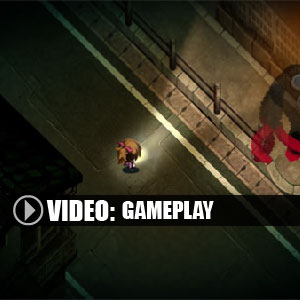

we like to travel to see our customers, work with them and support their operations from the start of fire season, through to the end. “Our customers will continue to see proactive communication from us rather than just waiting for trade shows. Many firefighting agencies in North America, Europe and Australia give preference to these bucket performance capabilities in their contracts.īethel talks about SEI’s level of customer service, and how it fuels their every move. Greater efficiency on each fuel cycle makes this a desirable piece of equipment prompting many firefighting agencies to request operators with these capabilities first and release them last. The helicopter operator can also choose to unload as many separate drops as required to lift his bucket load out of the dip site, safely to the next target. The ability to pre-select loads allows efficiency at both the dip site and over multiple hot spots, which can be targeted by releasing portions of water over each one, is an important feature.

This year’s new Bambi Max features a lightweight, quick operating multiple drop valve wrapped in the standard tough Bambi Bucket shell that increases volume per drop through a fuel cycle. With a long-line, Bambi Powerfill allows pilots to access water sources in areas that would be inaccessible to tanked helicopters with snorkels, such as tree-lined streams and other sources of water with few to no rotor clearance issues. The trademarked Powerfill system allows pilots to draw from water sources that are too shallow for dipping – as shallow as 18 inches. Over the past 30 years, Bambi has grown in many different directions to meet different needs in widely diverse markets. SEI controls more than 90 per cent of the world market in aerial firefighting and the familiar orange Bambi has become ubiquitous in the world of aerial firefighting. The Mi-26 has even been fitted out with twin 7,600-litre buckets mounted in tandem. The product line literally includes the right product for just about every class and model of helicopter, from the 260-litre bucket for the Robinson R-44 to the monster 9,800-litre version for the CH-47 Chinook. Today, SEI controls more than 90 per cent of the world market and the familiar orange Bambi has become ubiquitous in the world of aerial firefighting. Through consultation with helicopter operators and government agencies in North America, SEI created a collapsible bucket with a simple gravity-actuated valve that delivered the desired volume of water onto the target. The valves on existing first-generation buckets were difficult to operate and released the load in a fine spray. Firefighting buckets weren’t new at the time, but SEI was the first company with a fully collapsible bucket with a pilot controlled, instant opening valve, which provided an accurate and concentrated flow of water from the bucket to the fire. SEI’s aerial division was launched in 1982 with the introduction of the original Bambi Bucket. The corporate motto is, “We Engineer Solutions” and it has succeeded on its promise for three decades. SEI prides itself on creating innovative product solutions for its customers by fostering a dynamic and flexible culture that allows SEI to continually engineer new products. The Bambi Bucket product line literally includes the right product for just about every class and model of helicopter.įrom an industrial park in suburban Vancouver, B.C., SEI Industries serves clients in more than 110 countries around the world. SEI Industries may be famous for creating a product named Bambi, but it is anything but meek and mild on the international firefighting scene.


 0 kommentar(er)
0 kommentar(er)
